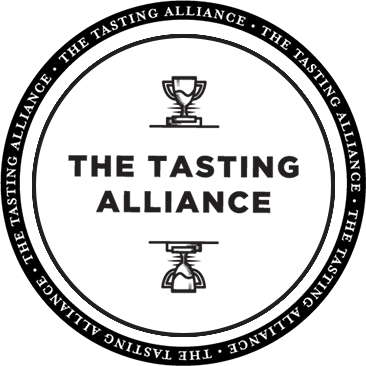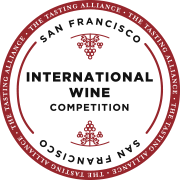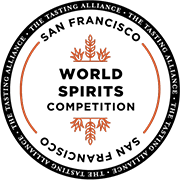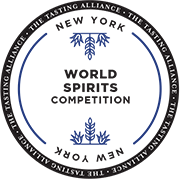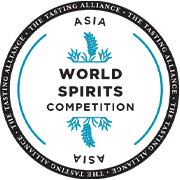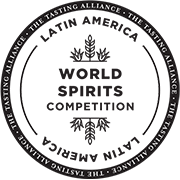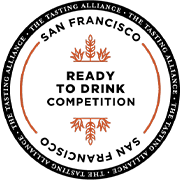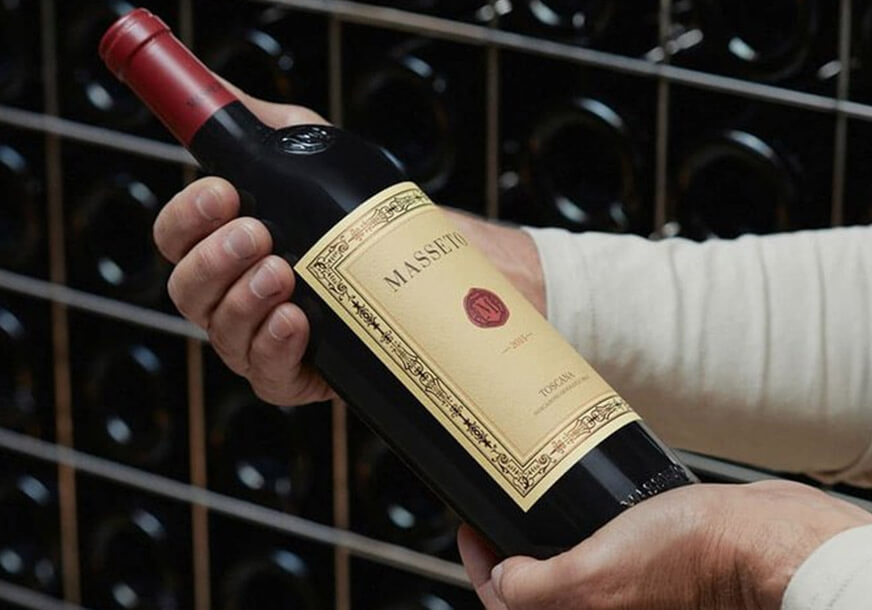category
Unveiling the Best Merlot from the 2024 San Francisco International Wine Competition
Delve into the world of Merlot with the latest winners from the 2024 San Francisco International Wine Competition, celebrated for their exceptional quality and diverse regional expressions.




